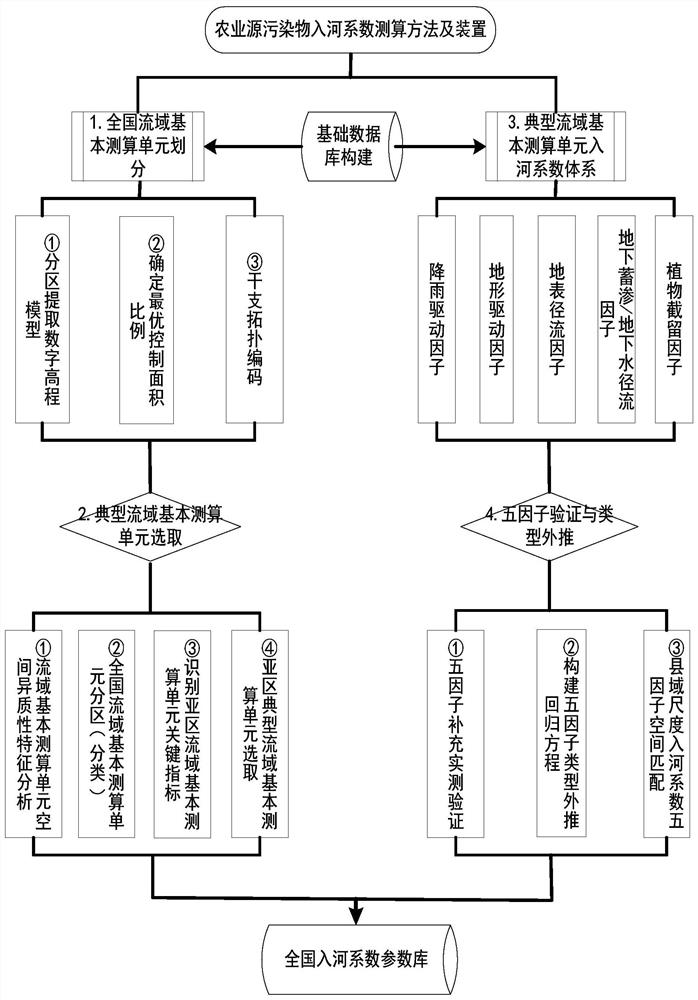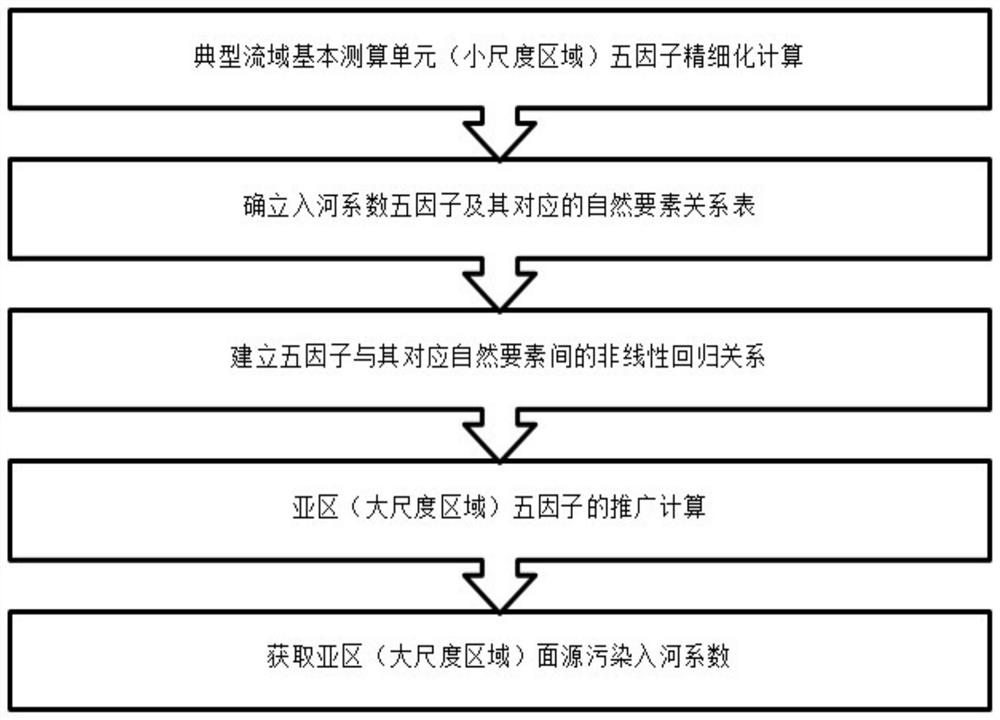Agricultural non-point source pollution treatment method and device
A technology for agricultural non-point source pollution and treatment methods, which is applied in the field of agricultural non-point source pollution treatment methods and devices, can solve problems such as very difficult calculations, inability to effectively deal with agricultural non-point source pollution, and distortion of measurement results, and achieve accurate determination Effect
- Summary
- Abstract
- Description
- Claims
- Application Information
AI Technical Summary
Problems solved by technology
Method used
Image
Examples
Embodiment Construction
[0027] In order to make the purpose, technical solutions and advantages of the embodiments of the present invention more clear, the embodiments of the present invention will be further described in detail below in conjunction with the accompanying drawings. Here, the exemplary embodiments and descriptions of the present invention are used to explain the present invention, but not to limit the present invention.
[0028] Before introducing the embodiments of the present invention, terms involved in the embodiments of the present invention are firstly introduced.
[0029] River entry coefficient of non-point source pollutants: Refers to the pollutants generated and accumulated in the pollution-producing units of the watershed are driven, transported, biochemically degraded, and physically intercepted by rainfall and the underlying surface medium, and finally enter the adjacent river system in the corresponding sub-basin. The ratio of load to production. The river entry coeffici...
PUM
 Login to View More
Login to View More Abstract
Description
Claims
Application Information
 Login to View More
Login to View More - R&D
- Intellectual Property
- Life Sciences
- Materials
- Tech Scout
- Unparalleled Data Quality
- Higher Quality Content
- 60% Fewer Hallucinations
Browse by: Latest US Patents, China's latest patents, Technical Efficacy Thesaurus, Application Domain, Technology Topic, Popular Technical Reports.
© 2025 PatSnap. All rights reserved.Legal|Privacy policy|Modern Slavery Act Transparency Statement|Sitemap|About US| Contact US: help@patsnap.com



